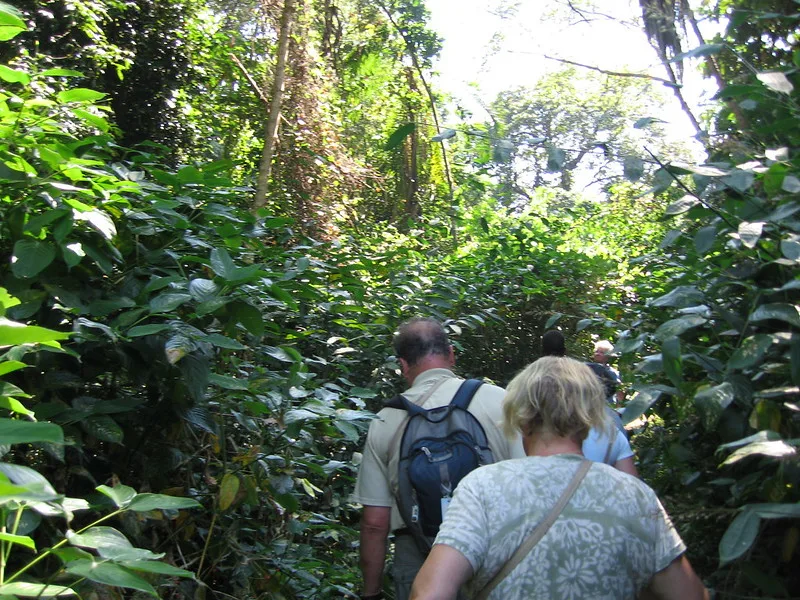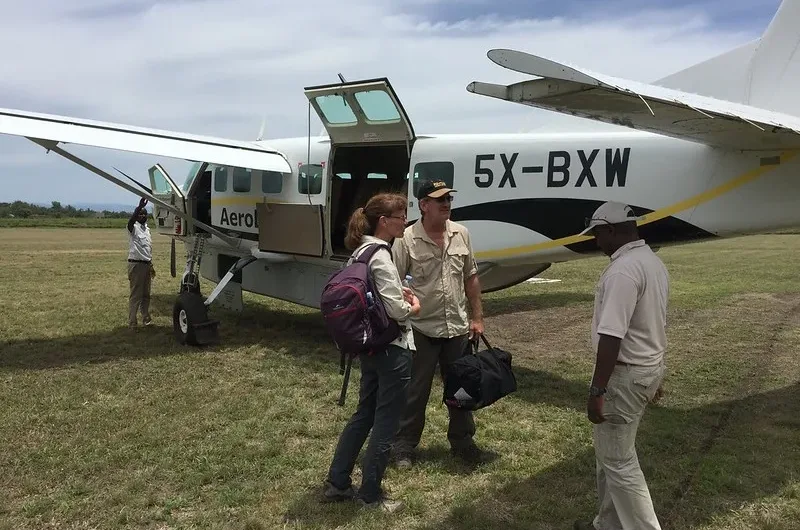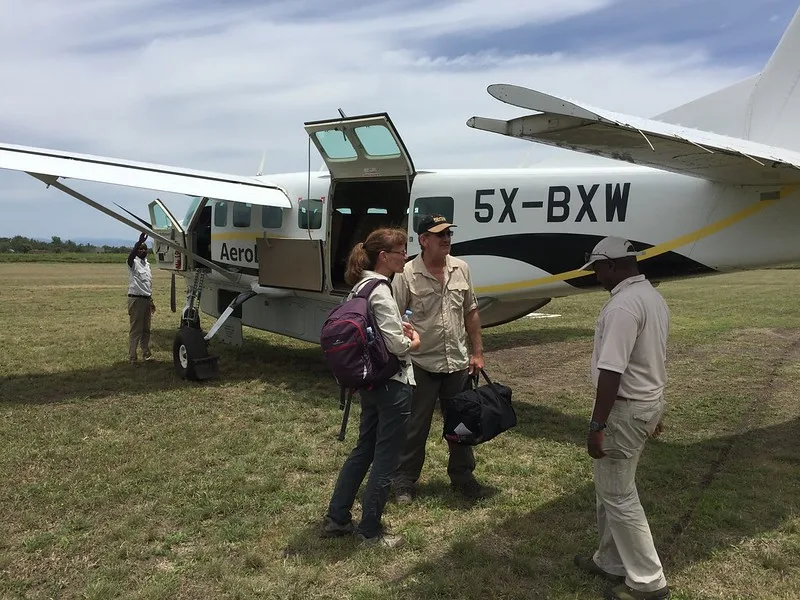10 Things to consider before booking Uganda gorilla permits
You may spend an hour in the company of mountain gorillas in either Bwindi Impenetrable National Park or Mgahinga National Park provided you have a gorilla permit, which is a card or paperwork issued by the Uganda Wildlife Authority. Before you book your Uganda gorilla permits to view mountain gorillas in Uganda, there are a few things you should keep in mind.
You should find the answers to many questions before trying to book your gorilla permit to visit either Bwindi Impenetrable National Park or Mgahinga National Park, including when to book, how to book, and which national park.
How does one go gorilla trekking?
Tourists may undertake gorilla trekking in four different national parks in the Democratic Republic of the Congo, Rwanda, Uganda, and Rwanda. Tourists are given the opportunity to see, photograph, and listen to a ranger or guide explain the habits and behaviors of habituated mountain gorillas in one of the four national parks. The experience lasts for an hour. It can take half a day or perhaps three quarters of the day to hike to the gorillas’ habitat, depending on the day. Get in touch with us if you’d like further details.
Can you tell me what a gorilla permit covers?
A gorilla permit is one of the three necessities for a gorilla tour, so be sure to get one before you plan your trip to Uganda to view mountain gorillas in Bwindi Impenetrable National Park or Mgahinga National Park. You should know these three facts about a gorilla permit before you worry about any other fees.
Park admission, the services of a ranger guide, security during the trip, a certificate upon completion of the trek, and one hour with a habituated mountain gorilla family in Bwindi or Mgahinga are all part of a gorilla permit granted by the Uganda Wildlife Authority.
To add insult to injury, you’ll also need to budget for things like lodging, transportation, and food in addition to the gorilla permits. Mountain gorillas may be seen in Bwindi Impenetrable National Park and Mgahinga on all-inclusive gorilla safaris organized by Katland Safaris.
Gorilla permits, lodging, and transportation to and from Bwindi or Mgahinga National Parks are all part of our packages. Our website has example gorilla safaris, some of which are shown below.
Guidelines for reserving Uganda’s Bwindi and Mgahinga National Parks to see gorillas
There are two options for reserving a gorilla permit in Uganda. Booking your gorilla permit from a certified and authorized tour operator is the first and most easiest option.
Without you having to deal with any of the difficult issues, any tour operator may verify availability, make reservations, purchase, and get your gorilla permit. For our customers’ gorilla permits and safaris, Katland Safaris is a top choice among reputable trip companies. Katland Safaris has been arranging gorilla hikes for tourists for many years, therefore they are the best option.
The second option for reserving a gorilla permit is to get in touch with the Uganda Wildlife Authority using one of their email addresses or phone numbers. If you’re fortunate, someone will get back to you, but many have been frustrated and returned to us for assistance after trying to phone or email.
The problem isn’t inefficiency per such, but rather the sheer volume of visitors who want to book these permits in person, which often overwhelms the reservations department at the offices of the Uganda Wildlife Authority. Therefore, it may take a long time, if not forever, to obtain a response. If you want to prevent this, be sure to contact trustworthy tour providers like Katland Safaris if you are interested in hiking mountain gorillas in Uganda.
When would you recommend that I schedule my gorilla permit?
When planning a trip to see mountain gorillas, many people choose Uganda. When reserving your gorilla permit in Uganda, the time of day is a crucial factor to think about.
If you want to see the gorillas in Uganda, you need get your permit in advance since they sell out fast. You should plan ahead and book your gorilla permit at least four to five months before your trip. A few of our customers have actually done this a full year in advance.
Competition for Uganda gorilla permits is fierce, with tour operators from all around the world vying for the same limited supply. That’s why we advise all of our prospective guests to book their permits well in advance. The high cost of Rwanda gorilla permits is a major factor in this battle.
While the price of a gorilla permit in Uganda is set to increase to $800 per person each trip, the price in Rwanda is $1500, more than twice as much. Uganda and Rwanda both provide the same gorilla trekking experience, but more people are choosing to travel to Uganda than Rwanda, which has increased competition for gorilla permits in Uganda. We can arrange for your gorilla permit in advance if you contact Katland Safaris.
In what ways does the Uganda Wildlife Authority distribute licenses for gorilla tracking?
Each area of Bwindi Impenetrable National Park is assigned a gorilla permit by the Uganda Wildlife Authority. You get to choose which of Bwindi Impenetrable National Park’s four areas to visit based on the availability of permits for that region. You may walk habituated gorilla families in the east of the forest with Ruhija gorilla permits, or you can visit gorillas in the north of the forest with Buhoma permits.
Driving to the southern portion of Bwindi Impenetrable National Park is necessary if you want to book rushaga or nkuringo gorilla permits. Problem solved; Mgahinga National Park is home to a single gorilla family. When reserving gorilla permits, Katland Safaris will do their utmost to accommodate each client’s unique interests and physical limitations.
Can I choose the gorilla family that best suits my needs?
If you complete the steps below, you may now choose a specific gorilla family. The day you book your gorilla permit is the beginning of the process that culminates on the day you journey with the selection of a gorilla family. Please tell your tour operators to arrange for gorilla permits for the Buhoma section of Bwindi Impenetrable National Park if you would want to see gorilla families there.
When you go gorilla trekking in Buhoma, you may ask to see a certain family of gorillas if you want. Visitors’ interests and level of physical condition will be taken into consideration when the Uganda Wildlife Authority assigns gorilla families. For information on how Bwindi’s gorilla families are distributed across the park’s several sections, get in touch with Katland Safaris.
The cost of my gorilla permit is how much?
Once you’ve made up your mind to go mountain gorilla trekking in Uganda. The next step is to pay for your gorilla permit. This is necessary in order to ensure that you may travel on a gorilla trekking safari to either Bwindi Impenetrable National Park or Mgahinga National Park. We will give you two ways to pay if you book your permit via Katland Safaris. Our business takes both bank transfers and credit/debit card payments, with the latter incurring an additional 5% fee.
After everything is settled, we will provide you with an invoice that includes our bank account information. We often ask for POP (Proof of Payment) as payment is received so that we can utilize our credit to get your gorilla permits. Reason being, money is distributed on a first-come, first-served basis, and it takes two or three business days for it to appear in our bank account. So, if we sit tight and hope it shows up, we can miss out.
When planning a trip to visit gorillas, is there a minimum age requirement?
In order to purchase gorilla permits to see gorillas in Bwindi Impenetrable National Park on Mgahinga National Park, the Uganda Wildlife Authority has set an age requirement. Gorilla trekking in Uganda requires participants to be at least 15 years old. No one may reserve a gorilla permit to visit Uganda or embark on a mountain gorilla excursion until after this date.
Ensure that your children are at least 15 years old before contemplating a trip with them. On rare occasions, kids who are about to turn fifteen are permitted to go on gorilla treks. Get in touch with Katland Safaris to find out how they can help if your kid is 14 years old and physically capable.
For what reasons are gorilla permits in Uganda so pricey?
Gorilla permits are among the most costly aspects of gorilla trekking, which is already a costly endeavor when compared to other tourist activities in Africa. One or two factors contribute to the high cost of gorilla permits. The primary justification is that mountain gorillas have been on the endangered species list for some time.
It will cost a lot of money to try to save them from becoming extinct. Charging a hefty price to visit them helps cover these expenditures. A other rationale is to control the influx of tourists to these gorillas. A one-hour encounter with mountain gorillas in Uganda would cost $800. Not everyone can afford that.
When my gorilla permit expires, what am I to do?
In order to undertake mountain gorilla trekking in Bwindi or Mgahinga, one must have or show a gorilla permit on the day of the hike. A gorilla permit is required for any anybody wishing to go on a trip with mountain gorillas. Because gorilla permits are purchased in advance, they run the risk of being lost if not stored correctly.
If one’s permission is revoked, it is important to notify UWA immediately. You may also use your receipt as proof of this. A new gorilla permission card may be obtained at a minimal price with the assistance of UWA. The most frustrating thing is misplacing your permission and then being unable to locate it on the day of your excursion.
Rest assured that Katland Safaris meticulously maintains all receipts, scanned copies of permission cards, and identification for every permit, so you can book with peace of mind. We are prepared to come to your rescue in the event that anything similar occurs.
My gorilla permit is valid, but what if I forget to use it?
On the specified day, a gorilla permit may be used. Nothing will be gained if, for whatever reason, you do not appear on the day of the walk. There are two alternatives available to you in the event that you learn ahead of time that you will not be able go gorilla trekking. Postponing the expiration of your gorilla permit to a later date is your first choice.
Selling it to someone else is the other choice. We can help you reschedule or resell your gorilla permit if you book it but are unable to utilize it. Both times, there’s no assurance that UWA will let you reschedule or that someone will purchase it. Details about this may be obtained by contacting us.
safaris with Katland
The Ugandan travel company Katland Safaris has its headquarters in the town of Entebbe. A Ugandan family owns and operates Katland Safaris. Our company has been providing eco-friendly vacations and once-in-a-lifetime adventures to every country in East Africa for over 15 years. The Uganda Tourism Board (UTB) has officially recognized us as a member of the Association of Uganda Tour Operators (AUTO).
It is simple to book your gorilla permits with us because of our long-standing and positive connection with the Uganda Wildlife Authority (UWA). Safari reservations and TripAdvisor both give Katland Safaris great reviews. If you are planning a future trip to any of the five East African countries—Uganda, Rwanda, Burundi, Kenya, or Tanzania—please get in touch with Katland Safaris.
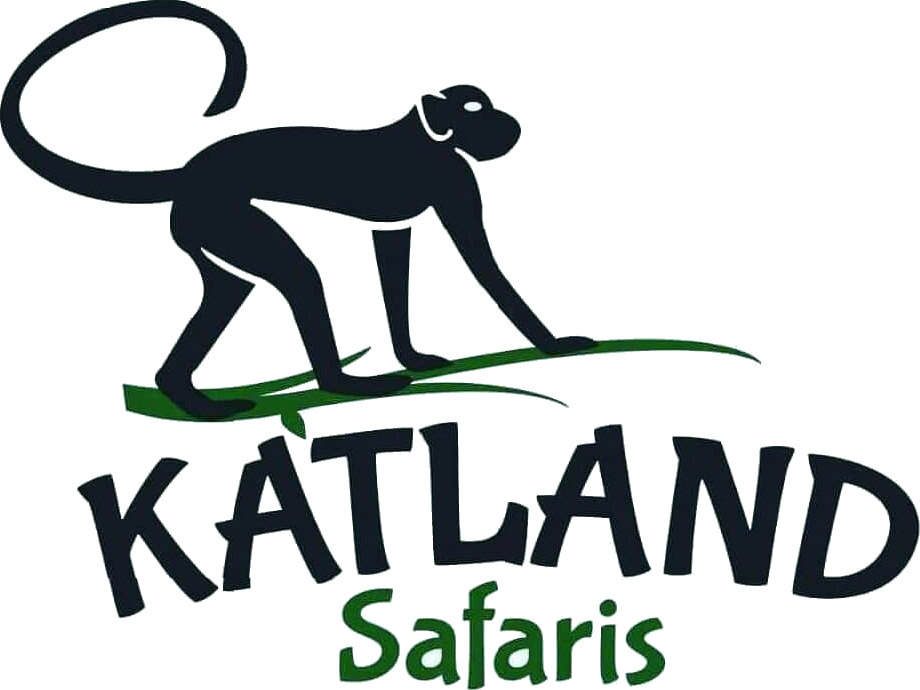


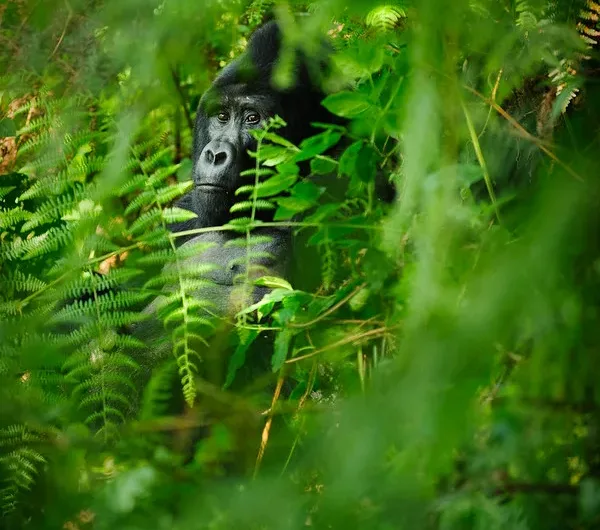
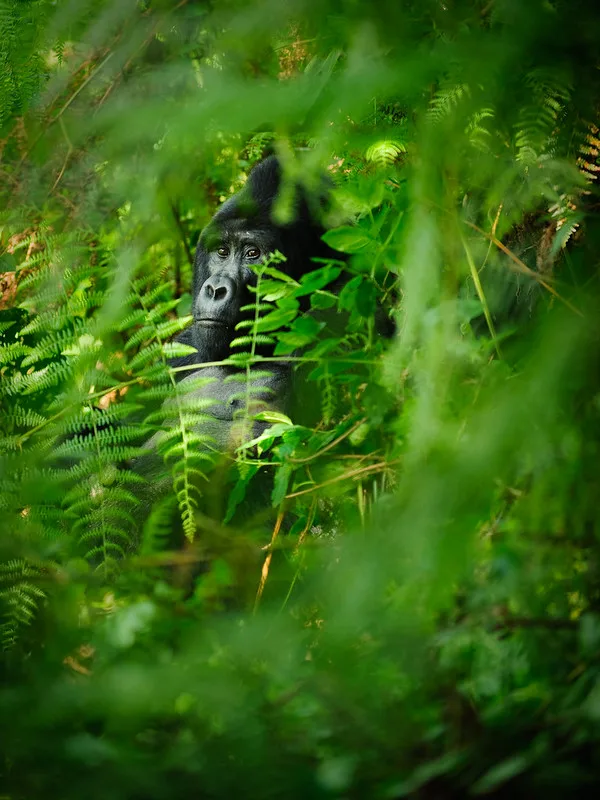 By road, Bwindi can be reached from Entebbe or Kampala via scenic drives and stops, including the Equator crossing in Kayabwe, roadside crafts, fruit markets, and the Igongo cultural center in Mbarara. Lunch on the road and the scenic drive through the rolling hills of Kigezi and changing vegetation, river, and mountain scenery are included. Drive duration from Entebbe to Bwindi is 8-9 hours, 550km to the park.
By road, Bwindi can be reached from Entebbe or Kampala via scenic drives and stops, including the Equator crossing in Kayabwe, roadside crafts, fruit markets, and the Igongo cultural center in Mbarara. Lunch on the road and the scenic drive through the rolling hills of Kigezi and changing vegetation, river, and mountain scenery are included. Drive duration from Entebbe to Bwindi is 8-9 hours, 550km to the park.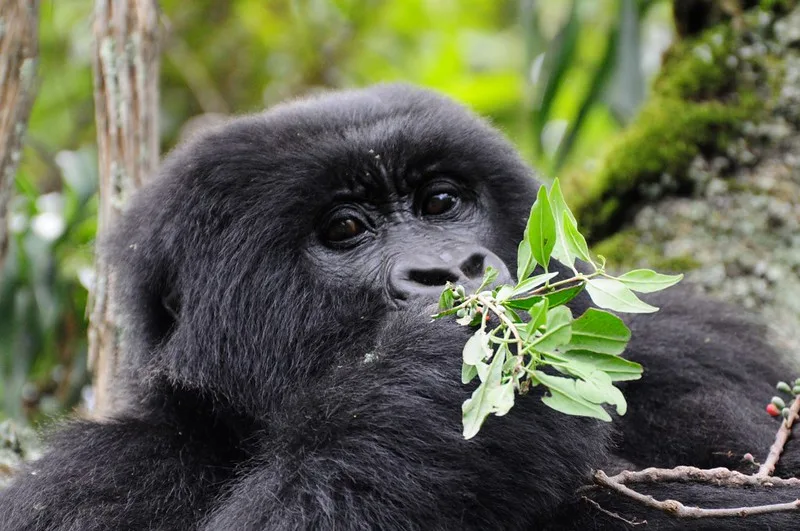


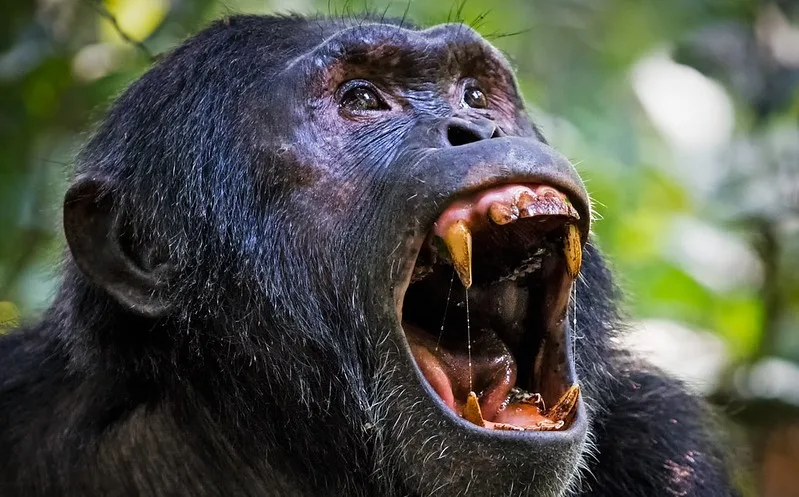
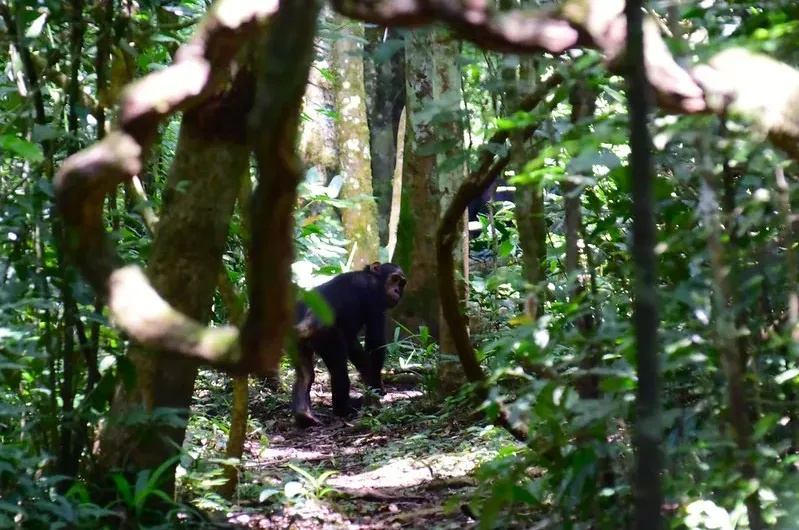
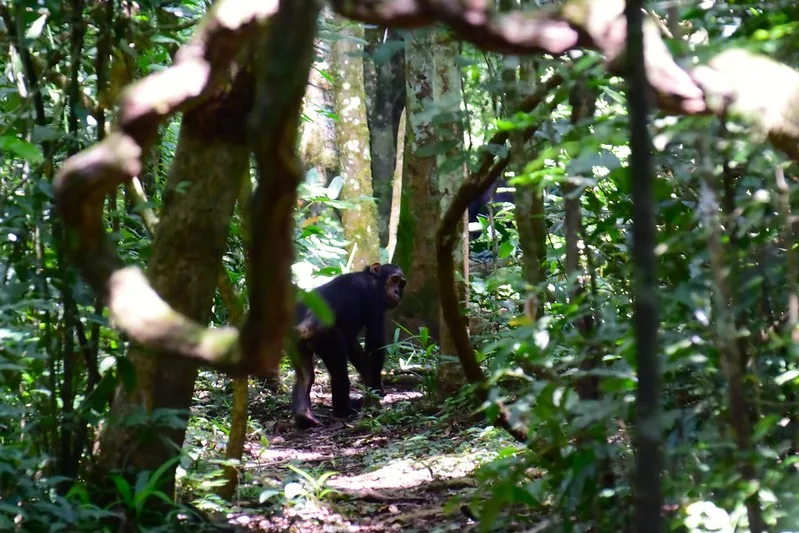

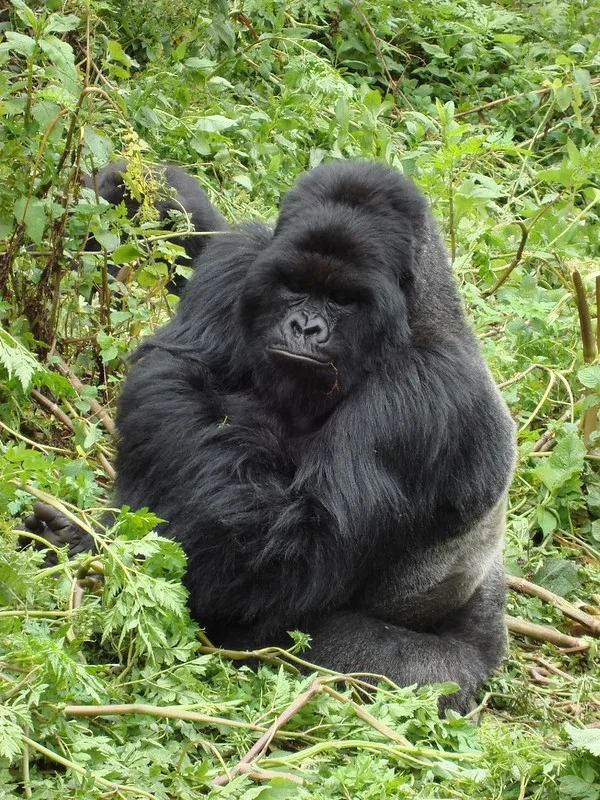 Other great parks to visit include Queen Elizabeth National Park’s Ishasha Southern Sector, where you can see tree-climbing lions, Kibale Forest National Park, where you can track chimpanzees, Murchison Falls, and Kidepo Valley National Park, where you can see wildlife up close, and many more.
Other great parks to visit include Queen Elizabeth National Park’s Ishasha Southern Sector, where you can see tree-climbing lions, Kibale Forest National Park, where you can track chimpanzees, Murchison Falls, and Kidepo Valley National Park, where you can see wildlife up close, and many more.
